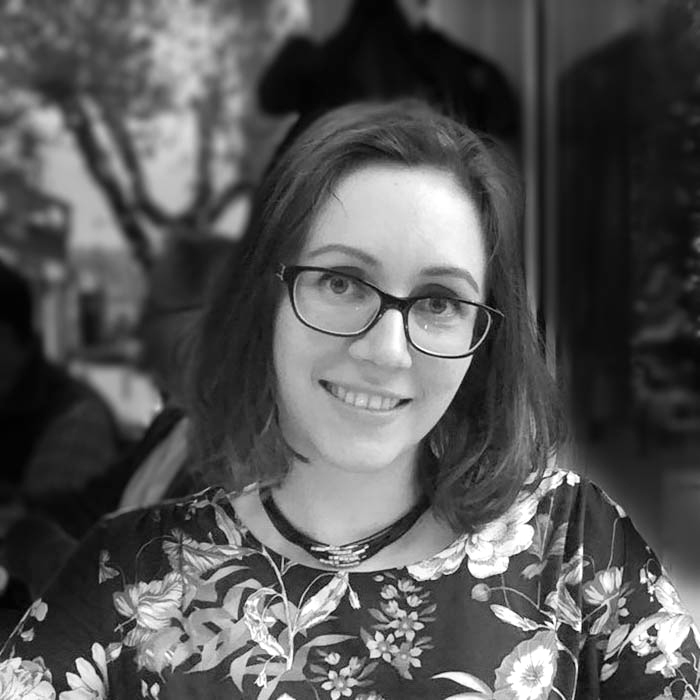Kasia Plak on her recent Nature Methods paper
Congratulations to Dr. Katarzyna (Kasia) Plak from the Baum Lab for her new paper “Real-time fluorescence and deformability cytometry” published in Nature Methods. The study, co-authored by Philipp Rosenthal, is a collaboration with the Jochen Guck Lab in TU Dresden. Kasia joined the project 3 years ago, spending most of her time in TU Dresden. Recently, Kasia has returned to the LMCB to investigate in more detail the cell biology aspects of her findings. We sat down with her to hear a bit more about the new method presented in the study and its application in cell biology research.
Can you tell us a bit more about the paper and the technology?
In this paper, we describe a new method combining existing real-time deformability cytometry with simultaneous fluorescence measurements. In lay terms, we can take large populations of cells and deform them one by one without mechanical contact. The “squeeze” is achieved using hydrodynamic flow and as the cells are being exposed to the stress, measurements of different fluorescent properties are taken. We can then correlate the deformation and the fluorescence signal and understand more about the mechanical properties of specific cells. The power of this new approach is that combining these two technologies allows for the measurement of the mechanical properties of small subsets of cells within a larger population. For example, in my research I examine dividing (mitotic) Drosophila cells - normally a rare population within a culture.
What was the biological question that you wanted to address using this technology?
We wanted to search for Drosophila proteins that affected the mechanics of mitotic cells and I was especially interested in the role of mitotic phosphatases. That fitted in well with the goals of the Guck team, as they were already starting to develop the real-time deformability cytometry technology but needed a biologically relevant goal to really push the project forward. Initially, we started with a small-scale screen which included known regulators of cell mechanics, such as components of the cytoskeleton. This screen was used to validate our technology and is included in the paper. The screening process is still ongoing and I am currently following-up on some interesting hits I discovered in my time in Dresden.
It seems like this project involved a lot of collaborative work. Could you tell us a bit more about the team and the dynamic of working collaboratively across different disciplines?
It’s a great team. Jochen’s group is very large and scientifically diverse. I worked alongside medical doctors, physicists, engineers, biomedical engineers, modellers and mathematicians. Everybody came together to develop this one method. It was great, I really enjoyed the atmosphere in the lab! I worked most closely with Philipp who is an excellent physicist, great at building microscopes, writing code, and overall developing techniques.
You mentioned working together with medical doctors. Is there going to be a translational aspect to the study in the future?
Yes, actually Jochen’s group recently published a paper in eLife which is about measuring the properties of blood cells as a diagnostic tool for detecting disease. In one section of our Nature Methods paper, where the work was mostly carried out by Angela Jacobi and Martin Kraeter, we also tried to distinguish between different populations of hematopoetic stems cells by their mechanical properties. These cells have the potential to be transplanted into patients and their mechanical properties affect their ability to circulate through your system.
Finally, what are the future plans for this technology and what are your plans for the LMCB?
Regarding the technology, there is a spin-off company established by Jochen’s lab, called ZellMechanik Dresden, that sells the machines used in this method for research purposes. They are also currently developing the technology further specifically for diagnostic methods. As mentioned previously, I am continuing to work in collaboration with Jochen’s team on the screening project in Drosophila. At the LMCB I am following up on interesting hits from the screen and studying them in molecular detail using cell and molecular biology techniques.
Interview by Delyan Mutavchiev
 Close
Close


